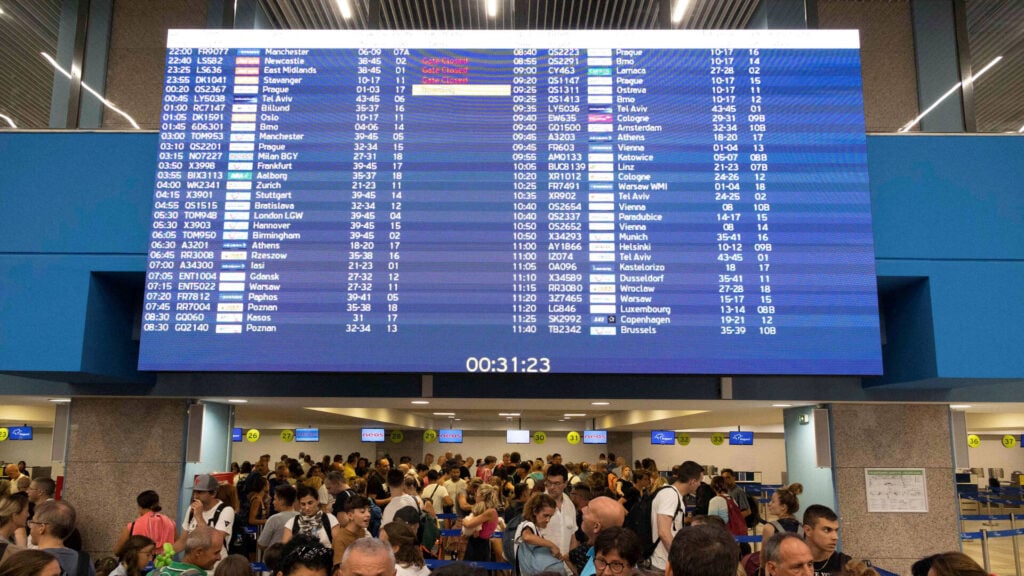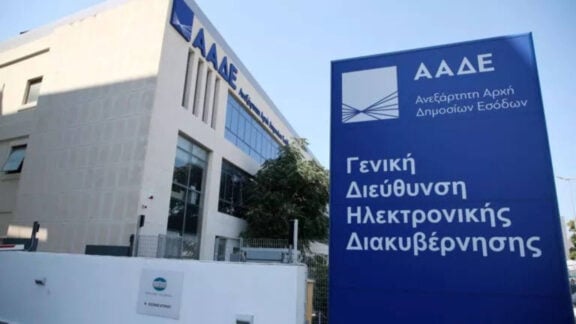Air travellers across the European Union will soon be able to carry liquids over 100ml in their hand luggage, as the long-standing airport restriction is set to be abolished following the rollout of advanced scanning technology.
The rule, introduced in 2006 in the aftermath of the September 11 terrorist attacks, limited passengers to carrying liquids, gels, and aerosols in containers of up to 100ml, all packed into a one-litre resealable plastic bag. The restriction aimed to prevent the assembly of liquid-based explosives on board aircraft.
However, with the approval of next-generation scanners capable of producing high-precision 3D images, the European Civil Aviation Conference (ECAC) is preparing to greenlight the use of Smiths Detection’s upgraded Hi-Scan 6040 CTiX systems. These machines can accurately detect hazardous substances, making the strict liquid limits and the removal of laptops and tablets from luggage largely unnecessary.
Some European airports that invested heavily in these scanners during the COVID-19 pandemic will be the first to lift the restrictions, potentially in the coming days pending final EU approval.
The transition has not been without controversy. In 2024, the European Commission reimposed limits after concerns were raised, primarily by US authorities, regarding the reliability of the scanners. This sudden reversal caused technical setbacks in airports across Italy, Germany, Ireland, Malta, the Netherlands, and Sweden, frustrating both passengers and airport operators.
Many operators had already spent millions upgrading their systems, as the new scanners cost up to eight times more than older models and require more extensive maintenance. Despite the backlash, the investment is expected to pay off by improving both security and the overall travel experience.









